Up to 95% of adolescents, ages 13-17 years old, report using a social media platform, with more than a third saying that they use social media almost constantly [1]. Social media has become a large part of our lives, and the way it impacts the youth has become a huge topic of research. One major concern is the association between social media and eating disorders. Some main types of eating disorders are anorexia nervosa, bulimia nervosa, binge eating disorder, and avoidant restrictive food intake disorder. Eating disorders have the second highest mortality rate of any psychiatric illness behind opiate addiction. And if that’s not shocking enough, nearly 22% of children and adolescents worldwide show disordered eating [2]. These statistics are alarming and tell us that we should be paying more attention to those struggling with eating disorders. Moreover, we should be tackling sources that trigger and perpetuate eating disorders, especially social media.
Adolescence is marked by significant transformation – physically, mentally, and emotionally. When adolescents are undergoing massive brain development, they are particularly sensitive to their environment and are easily influenced by their peers. This also means that they are especially amenable to internalizing content on social media.

We only post the best versions of ourselves online – the pictures that capture our greatest smile, neatest hair, and our body at the most perfect angles only make the cut. Not everything posted on social media is real, and often content on social media has been carefully curated and edited to hide imperfections. Adolescents largely consume content that highlights unrealistic and heavily photoshopped body images, which influences how they view their own bodies. Social media is a huge source of comparison culture – we compare ourselves to the people we see online, which is a huge trigger for self-doubt, body dysmorphia, and eating disorders. The impact of media on body dissatisfaction among both females and males has been studied. A 2021 paper found that using platforms such as Facebook and Instagram leads to higher body dissatisfaction and the appearance of eating disorder symptoms. Subjects who compare themselves to idealized images are often more dissatisfied with their bodies and have a higher drive for thinness [6].
People, more than ever before, use social media to connect with peers, share personal experiences, and build relationships with others. Adolescents are at a vulnerable and volatile age, which makes them increasingly drawn to shared experiences and a sense of community online. Certain communities and pages on social media promote and encourage eating disorders, and not all platforms are able to strictly regulate such harmful content. A study examining such pro-ED communities on Twitter found that hashtags such as #proana and #thinspo were used to mark posts that encouraged unhealthy weight loss or shared images of thin bodies. Movements such as #41DaysofStarvation were short-lived yet still received quick interest. Members of pro-ED communities stay connected through social media and discuss restrictive dieting plans, extreme exercise regimens, and motivating images to stay thin [3].

While social media can be a great source of information, it contains large amounts of misinformation pertaining to nutrition and dieting. A survey conducted by MyFitnessPal found that 87% of Millennial and Gen Z TikTok users have used the platform for nutrition advice, with 57% reporting that they are influenced by or have tried to adopt the nutrition trends shown on the platform. Top reported diets included trying foods that supposedly burn stomach fat or detox the body. Although none of these diets are backed up by science and pose health risks, a significant percentage of users are still willing to try them [4]. Only ~2% of nutrition content on TikTok is actually accurate according to an AI-based analysis that compared TikTok videos with nutrition guidelines [5].
So what can we do about it? Unfortunately, the answer is not easy and requires effort from multiple angles. We all preach the negative effects of social media, but there are ways to make social media work in your favor. Social media algorithms prioritize showing you content similar to what you interact with. As a social media user, you can try your best to curate a feed that promotes body positivity and shows scientifically sound advice. Avoid making your feed into a source of anxiety and comparison.
Be critical of the content you see, and remember that most people giving advice are not medical experts. Most importantly, know that you are in charge of what you see! If you see content that makes you feel unhappy or uncomfortable about your body or eating habits, you can always unfollow their accounts or indicate that you no longer want to see content of that type. You can also report any content that promotes eating disorders or extreme weight loss tips. Parents can also play an integral role. Having open and nonjudgmental conversations with their children about social media usage and content can be a great start. The adolescent years are marked by major physical changes, which can be a source of anxiety and insecurity. Parents can talk to their kids about body positivity, which helps them build confidence and a healthy self-image. Families should aim to create a safe and supportive environment where adolescents can feel comfortable sharing symptoms or concerns regarding eating disorders. Platforms can take steps to moderate content more closely and put trigger warnings on harmful content. Last but not least, with how integrated social media has become into our society, we should encourage and create conversation in our communities and schools about media literacy and eating disorders.

~ Ishani Deshpande
Ishani Deshpande developed a strong interest in mental and behavioral health after working at her undergraduate school’s counseling center and volunteering as a crisis counselor for several years. She is a current medical student and an aspiring psychiatrist. She’s passionate about advocacy and making mental health issues less taboo, especially in the South Asian community.
References:
- https://www.ncbi.nlm.nih.gov/books/NBK594759/
- https://www.nationaleatingdisorders.org/statistics/
- https://pmc.ncbi.nlm.nih.gov/articles/PMC8304129/
- https://www.prnewswire.com/news-releases/concerning-new-statistics-highlight-inaccurate-nutrition-trends-on-tiktok-302114407.html
- https://www.healthline.com/health-news/tiktok-diet-trends-inaccurate
- https://pmc.ncbi.nlm.nih.gov/articles/PMC8001450/#B36-ijerph-18-02880

